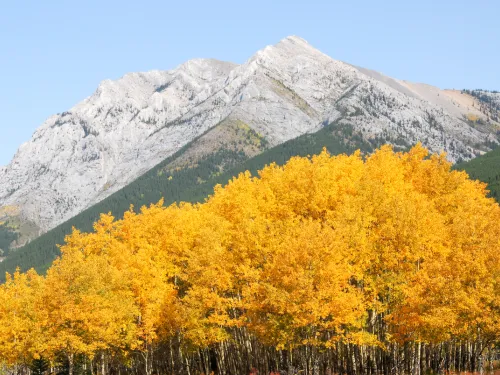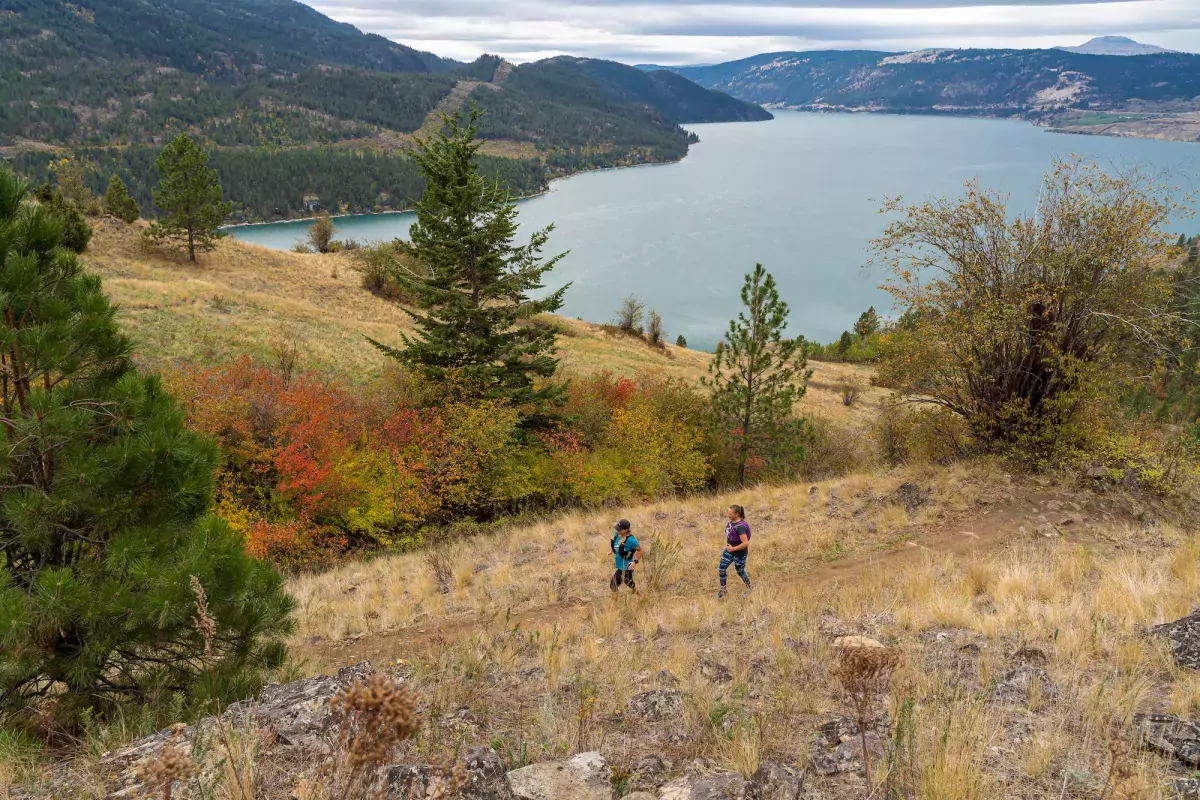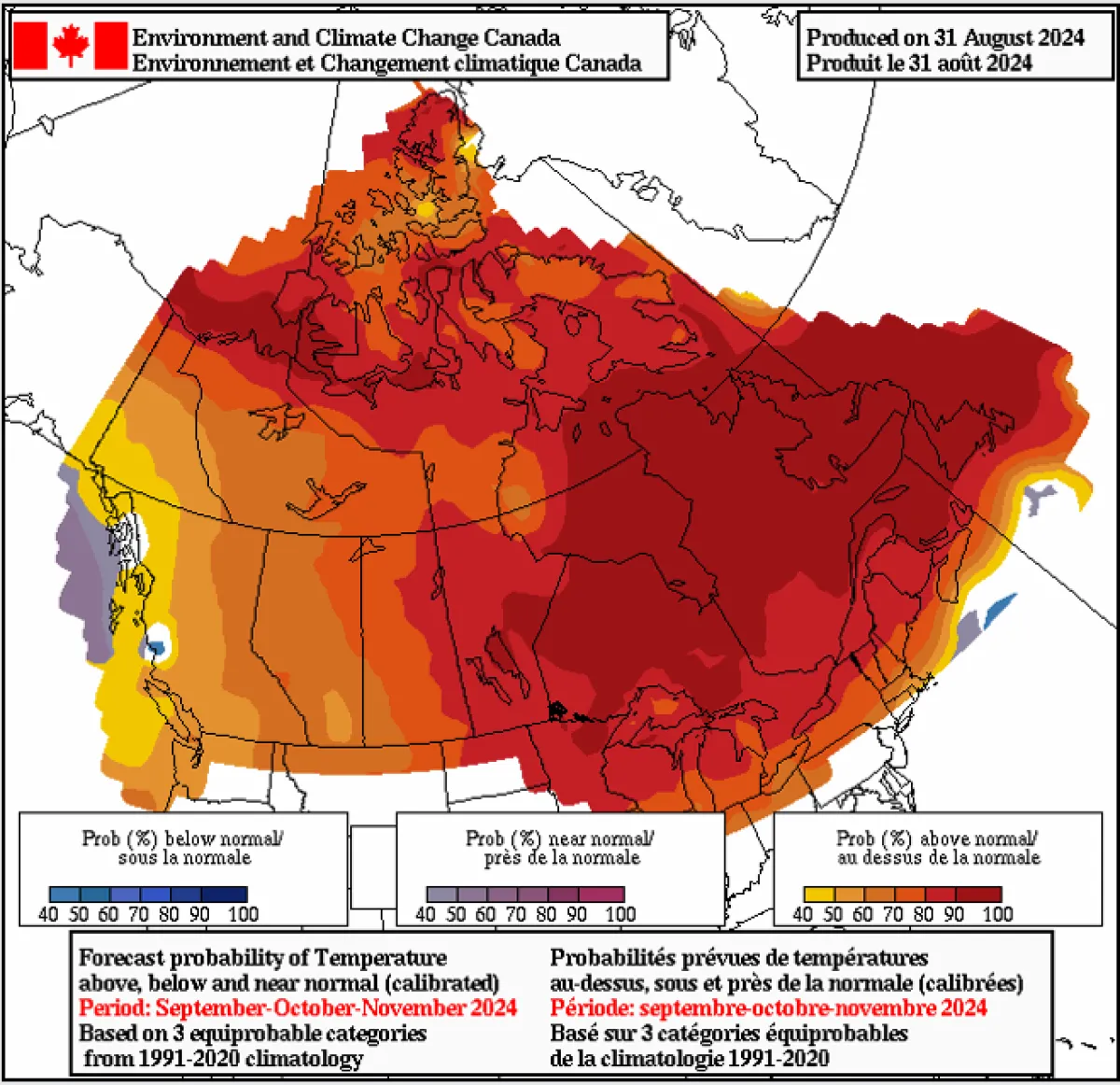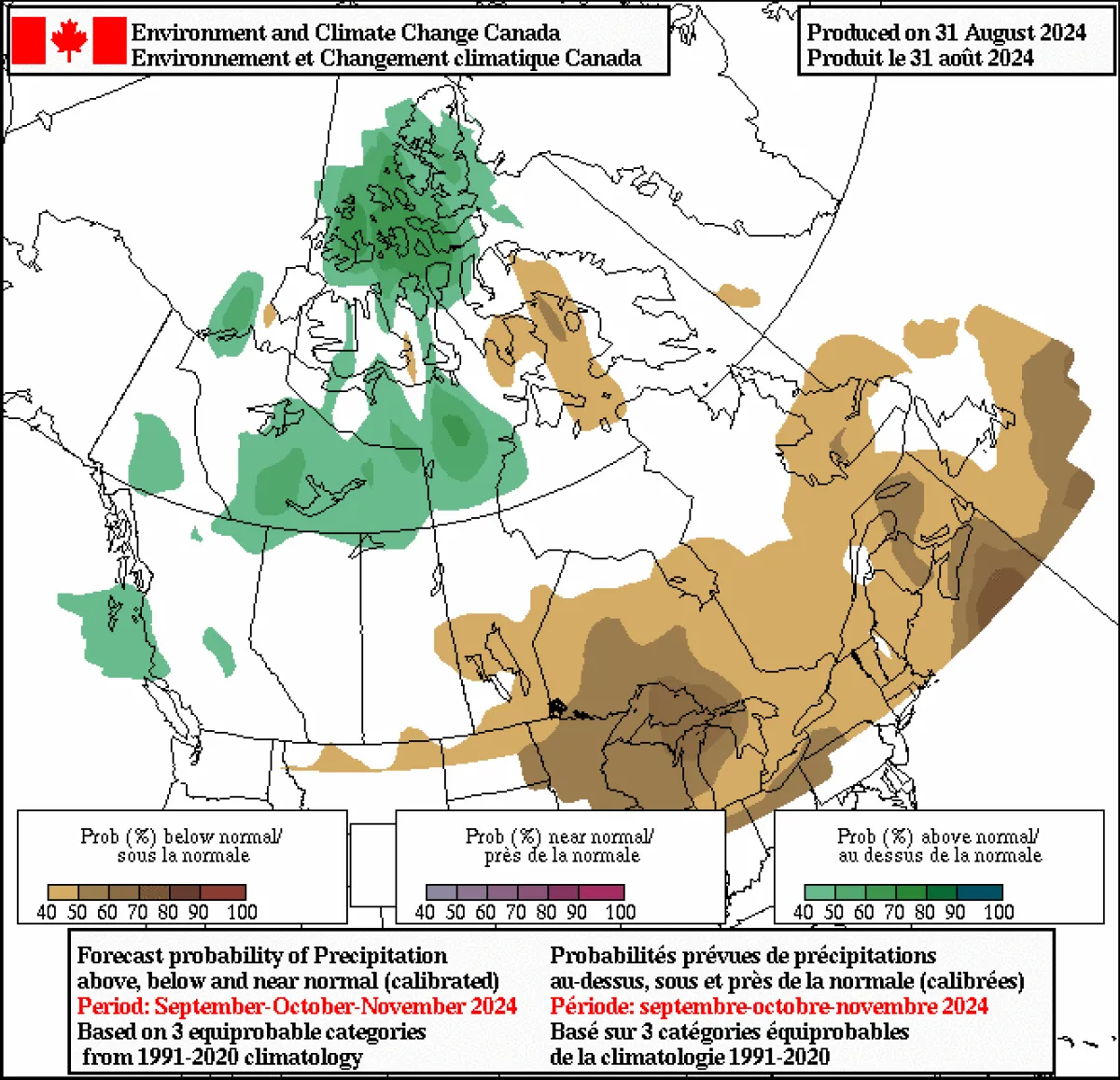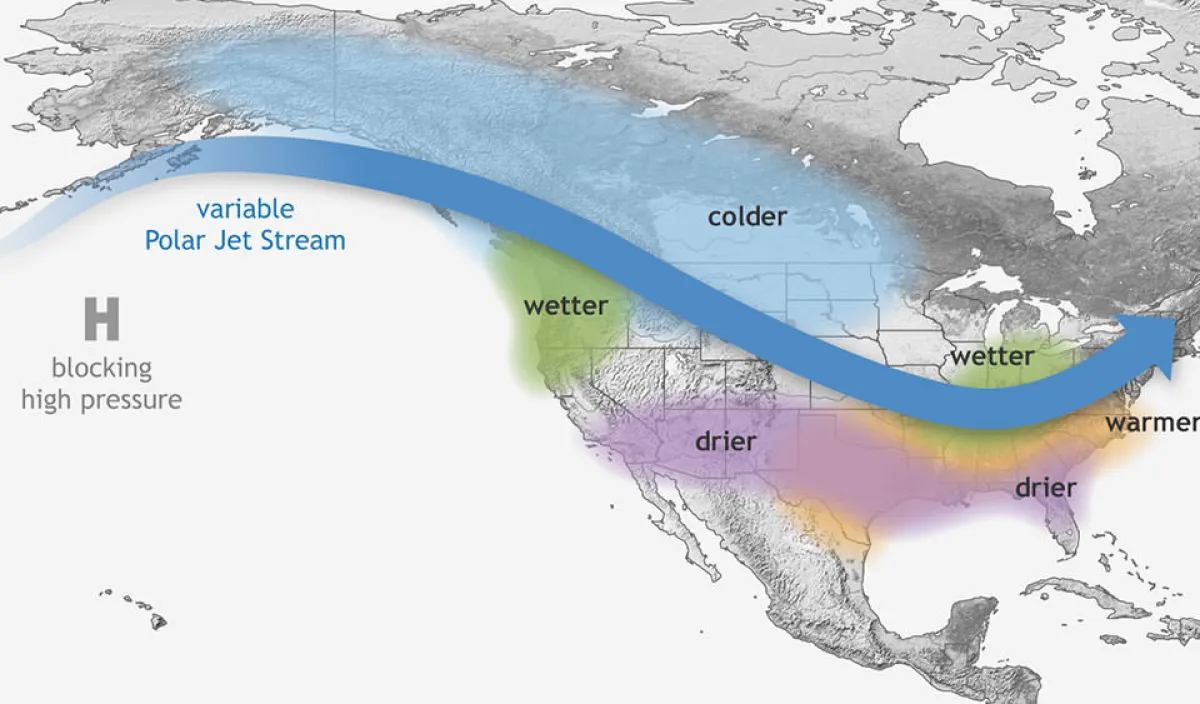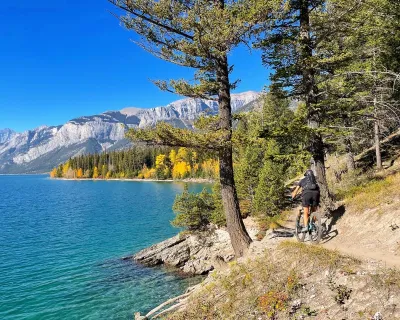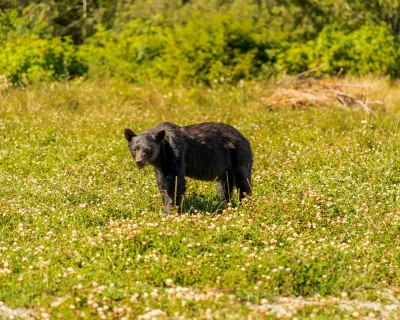Fall weather predictions for Alberta, BC, to prime your seasonal adventures
Those #fallvibes are on the way. Golden aspen and larches are just around the corner, as lengthening cool, crisp nights settle across the mountains and plains of western Canada. As we plan those fall adventures, now is the time to check in on what's ahead for fall weather.
The latest cooling trend follows significant warmth that took hold in the beginning of September, which was a common theme throughout the summer.
Though summer 2024 didn't turn out to be quite as hot and smoky as the summer before, conditions generally panned out as expected based on our summer forecast, with warmer and drier conditions overall through much of July and August.
The only exception was in parts of southwestern BC, where it was wetter than average. Wet and cool periods also occurred across the southern interior of BC and in parts of Alberta, bringing drought relief in some areas, while others continued to dry out.
Wildfire activity ramped up at times as well, with several fires occurring in the montane forests of Alberta and BC, including the devastating fire in Jasper, which razed 30% of the townsite in Alberta's second-costliest wildfire disaster ever recorded.
Fewer severe thunderstorm events than normal occurred, with the notable exception of a destructive hailstorm in Calgary on August 5th that likely caused upwards of a billion dollars in insured losses - also the second-costliest hailstorm in Alberta (and Canadian) history.
Fall 2024 Outlook
While long-range forecasting is a challenging endeavour at the best of times—especially in the summer—long-range models are in a certain level of agreement for what could pan out this fall in western Canada.
Temperatures slightly above normal for Sept-Nov
Overall, for the September through November period, temperatures are expected to be near to slightly above normal across western Canada, with temperatures trending warmer than average the further east you go.
In typical fashion, changeable conditions will occur during the season, with alternating warm and cool periods, and an overall trend toward average or slightly below average temperatures by the end of the season.
Precipitation also slightly above norm
Precipitation will likely be near or slightly above normal for the season, generally trending toward wetter than normal conditions by the end of the fall, building up our early season alpine snowpack.
editor's note: this could be great news for snow seekers and winter lovers! Keep tuned to our partner site SnowSeekers.ca for more on snow conditions.
The trend toward cooler and wetter conditions than average across much of western Canada is likely to be driven by the onset of at least weak La Niña conditions by mid to late fall.
Get outdoors, get more connected, get more Zen.
Sign up for ZenSeekers enews for more transformative travel inspiration.
A La Niña is the cool phase of an oscillating sea surface temperature pattern in the tropical Pacific Ocean, that can influence the weather thousands of kilometres away, giving our winters a distinct “flavour”.
While no two events are the same, the mountains of BC and southwestern Alberta tend to have cooler and wetter conditions than normal during a La Niña winter.
This leaves us optimistic for better skiing conditions than the previous winter!
All of this means the fall season will likely pan out in a more typical fashion, with multiple, changeable options for outdoor recreation as we approach the colder half of the year.
With the changing seasons, it's also worth noting changes to wildlife behaviour and weather, and how you that affects the way you plan and pack for your outings. Extra layers, waterproof gear and headlamps coming into play, as well as checking in with bear alerts, trail updates and the latest 24-hour weather forecasts. Play safe, and stay bear aware!
Score more #fallvibes
Check out these Zen tips and stories featuring fall adventures, and sign up for our enews for seasonal inspiration.
Like Our Facebook Page
